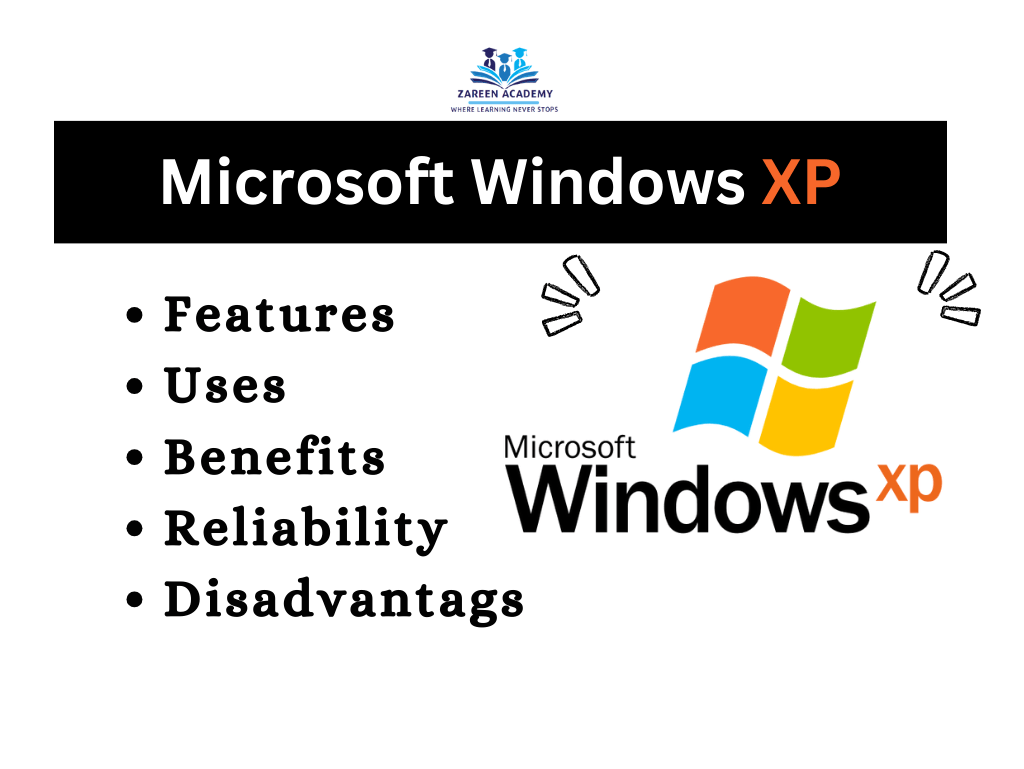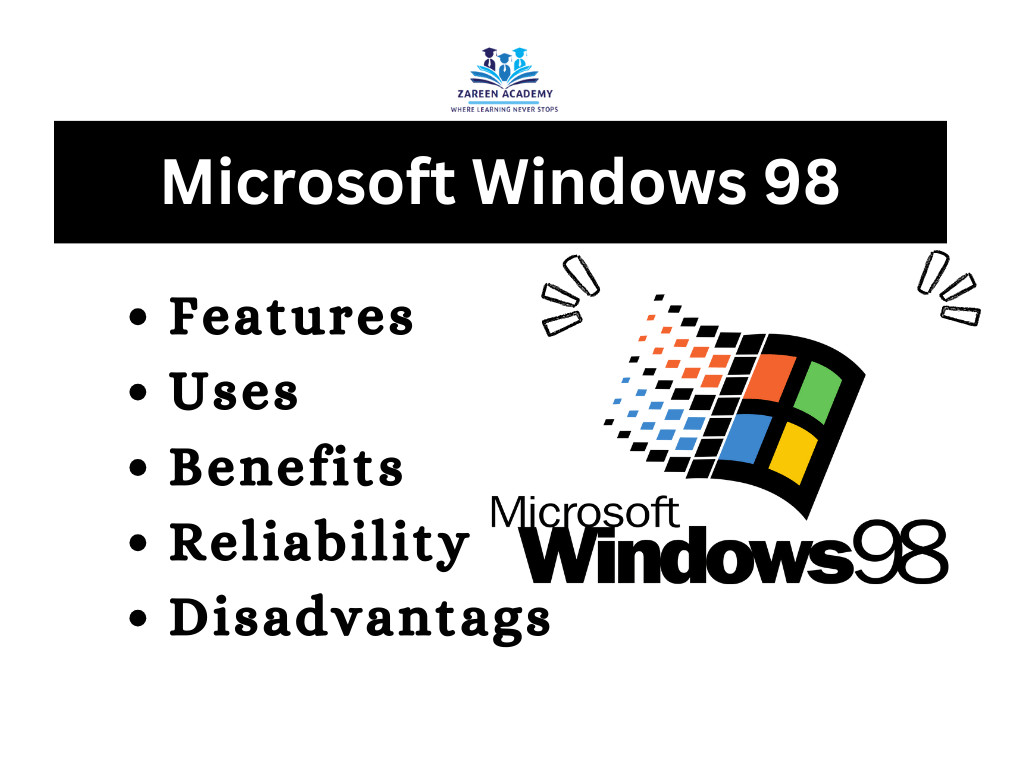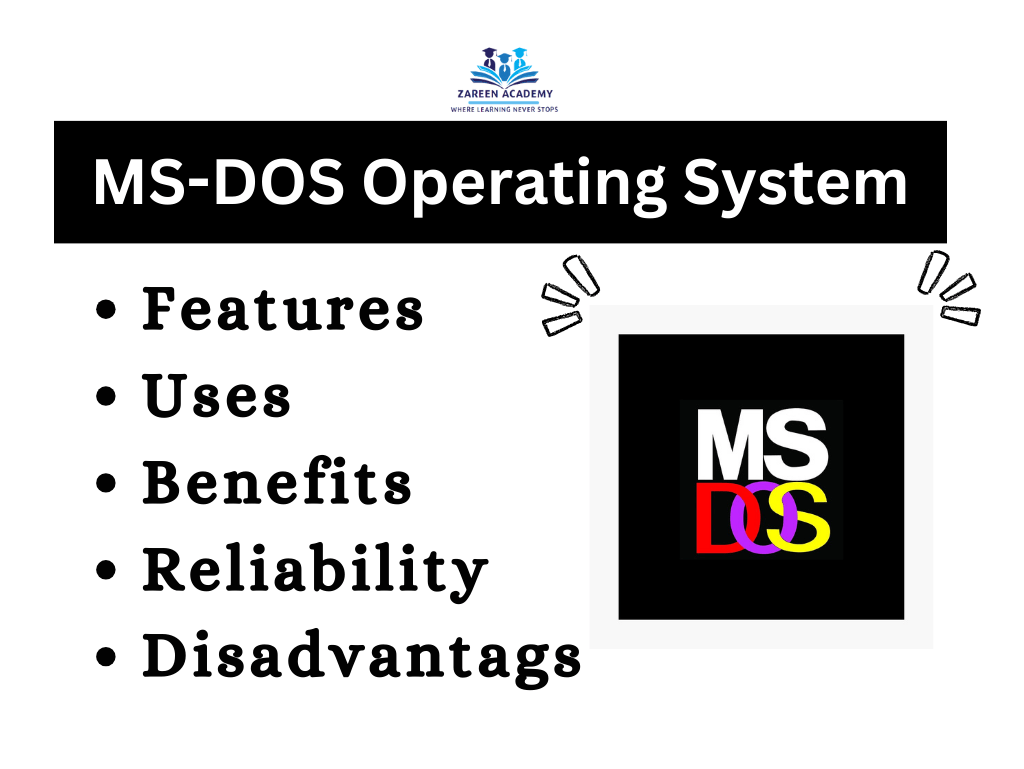What is Information technology
In today’s interconnected world, where information plays a pivotal role in shaping industries and societies, the term “Information Technology” (IT) has become ubiquitous. IT has transformed the way we live, work, communicate, and access information. This article aims to provide a comprehensive understanding of what information technology entails, its significance, and its impact on various aspects of our lives.
Defining Information Technology
Information Technology, commonly known as IT, refers to the broad field of utilizing technology to store, retrieve, transmit, and manipulate data or information. It encompasses a wide range of activities, including hardware, software, networks, databases, and digital systems, that enable the creation, storage, processing, and dissemination of information.
In the modern digital age, information and communication technology (ICT) plays a pivotal role in shaping our lives and the world around us. From our personal devices to the global infrastructure, ICT has become an essential aspect of various sectors, including business, education, healthcare, and governance. This article aims to provide a comprehensive understanding of ICT, exploring its definition, components, applications, and its impact on society.
Components of Information Technology
- Hardware: The physical equipment and devices used to process and store information, such as computers, servers, smartphones, tablets, and peripherals like printers and scanners.
- Software: Programs and applications that enable users to perform specific tasks or functions. This includes operating systems, productivity software, database management systems, and specialized software for various industries.
- Networks: The infrastructure that facilitates the connection and communication between devices and systems. Networks can be local (LAN) or wide-area (WAN), using technologies like Ethernet, Wi-Fi, or cellular networks.
- Data Management: The processes and systems involved in organizing, storing, securing, and retrieving data efficiently. This includes databases, data warehouses, data analytics tools, and data security measures.
- Cybersecurity: Measures and practices aimed at protecting information and systems from unauthorized access, data breaches, and cyber threats. This includes firewalls, encryption, intrusion detection systems, and security protocols.
Significance of Information Technology
Information-technology has revolutionized virtually every industry and aspect of modern life. Its significance can be observed in the following areas:
- Communication and Connectivity: IT has transformed the way we communicate, making global connectivity seamless. From email and instant messaging to video conferencing and social media platforms, IT has made communication more efficient, faster, and accessible.
- Business and Industry: Information-technology has become an integral part of business operations across all sectors. It enables streamlined processes, data-driven decision-making, automation, improved customer service, and enhanced productivity.
- Education and Learning: IT has greatly impacted education, facilitating online learning, e-books, educational software, and interactive learning platforms. It has expanded access to education, transcending geographical limitations.
- Healthcare and Medicine: IT has revolutionized healthcare delivery through electronic health records (EHRs), telemedicine, medical imaging, and data analysis. It has improved patient care, diagnosis, and treatment outcomes.
- Entertainment and Media: IT has transformed the entertainment industry, enabling streaming services, digital content creation, online gaming, and virtual reality experiences. It has changed the way we consume and interact with media.
- Research and Development: IT plays a crucial role in scientific research, enabling data analysis, simulations, modeling, and collaboration across borders. It has accelerated innovation and breakthroughs in various fields.
Challenges and Future Trends
While information-technology has brought numerous benefits, it also poses challenges and presents evolving trends:
- Security and Privacy Concerns: With the increasing reliance on technology, the need for robust cybersecurity measures becomes paramount. Protecting sensitive data and ensuring privacy remains a constant challenge.
- Artificial Intelligence and Automation: The integration of AI and automation technologies is reshaping the job market. While it offers efficiency and innovation, it also raises concerns about job displacement and the need for upskilling.
- Internet of Things (IoT): The proliferation of IoT devices brings opportunities for enhanced connectivity but also raises concerns about privacy, security vulnerabilities, and data management.
- Cloud Computing: Cloud computing provides flexible storage and computing resources, but concerns about data sovereignty, reliability, and dependence on service providers persist.
Components of ICT
- Hardware: ICT hardware includes physical devices like computers, servers, routers, switches, mobile devices, and various peripherals. These components provide the necessary infrastructure for processing and transmitting information.
- Software: ICT software comprises programs, applications, and operating systems that enable users to perform tasks and interact with hardware. From productivity software like word processors and spreadsheets to specialized applications for different industries, software forms a vital part of ICT.
- Networks: ICT networks are the backbone of communication and information exchange. They connect devices and systems, allowing data to be shared and accessed across various locations. Local area networks (LANs), wide area networks (WANs), and the internet are examples of network infrastructures that enable connectivity.
- Data: Data is the fundamental building block of ICT. It refers to the raw, unprocessed facts and figures that are collected and stored for analysis, decision-making, and other purposes. Data can be structured or unstructured and may include text, images, audio, video, or any other digital format.
Applications of ICT
- Communication: One of the primary applications of ICT is facilitating communication. From emails and instant messaging to video conferencing and social media platforms, ICT has revolutionized the way individuals and organizations connect, collaborate, and share information across the globe.
- Business and Commerce: ICT has transformed the business landscape by streamlining operations, enhancing productivity, and expanding market reach. E-commerce platforms, customer relationship management (CRM) software, inventory management systems, and online payment gateways are just a few examples of ICT solutions that drive business growth.
- Education: ICT has revolutionized the education sector, making learning more interactive, accessible, and personalized. Digital classrooms, e-learning platforms, educational software, and online libraries have expanded educational opportunities, enabling learners to acquire knowledge anytime, anywhere.
- Healthcare: In the healthcare sector, ICT has brought significant advancements, improving patient care, diagnosis, and treatment. Electronic health records (EHRs), telemedicine, medical imaging technologies, and health monitoring devices are examples of ICT applications that enhance efficiency and effectiveness in healthcare delivery.
- Governance: ICT plays a crucial role in governance by enabling efficient administration, information dissemination, and citizen participation. E-governance platforms, online portals for government services, and digital identity systems streamline processes, enhance transparency, and empower citizens.
Impact of ICT on Society
- Connectivity and Globalization: ICT has connected people from different corners of the world, fostering cultural exchange, collaboration, and economic opportunities. It has facilitated global trade, remote work, and cross-cultural understanding, making the world more interconnected.
- Economic Growth and Job Creation: ICT has become a significant driver of economic growth, fostering innovation, entrepreneurship, and job creation. It has opened up new industries and transformed existing ones, creating opportunities in technology development, digital marketing, cybersecurity, and more.
- Access to Information and Knowledge: With the advent of ICT, access to information and knowledge has become more democratized. People can access vast amounts of information, educational resources, and research materials online, empowering them to learn, make informed decisions, and participate in societal discussions.
- Improved Efficiency and Productivity: ICT has revolutionized productivity by automating tasks, streamlining processes, and reducing manual labor. From automated manufacturing processes to digital project management tools, ICT solutions enhance efficiency and enable organizations to accomplish more in less time.
- Social Impact and Empowerment: ICT has the power to drive social change and empower marginalized communities. It enables social activism, amplifies voices, and promotes inclusivity. Additionally, ICT applications like mobile banking and e-commerce provide financial services to underserved populations, fostering economic inclusion.
Conclusion
Information-Technology has revolutionized the world, transforming how we live, work, communicate, and access information. It encompasses a vast array of components, including hardware, software, networks, and data management systems. The significance of IT can be observed across industries, impacting communication, business operations, education, healthcare, entertainment, and research. While IT offers immense opportunities, it also presents challenges that need to be addressed proactively. As technology continues to advance, understanding and harnessing the power of information technology will be vital for individuals, businesses, and societies to thrive in the digital age. Stay connected with zareenacademy.com.



0 Comments